Have you ever seen a fruit called a pluot? What is a pluot? It’s a cross between a plum and an apricot. This article will explore what a pluot is in more detail and tell you some of the reasons you might want to grow pluots.
A pluot is a fruit that is a cross between a plum and an apricot. Pluots are technically not plums or apricots but apriums.
A plum (Prunus domestica) is a small purple fruit with a velvety, fleshy covering that’s divided into two sections. An apricot (Prunus armeniaca) is a small yellow fruit with less firm flesh than plums while still having some of the red color.
In this article let’s dive deep more about pluot.
History of Pluot
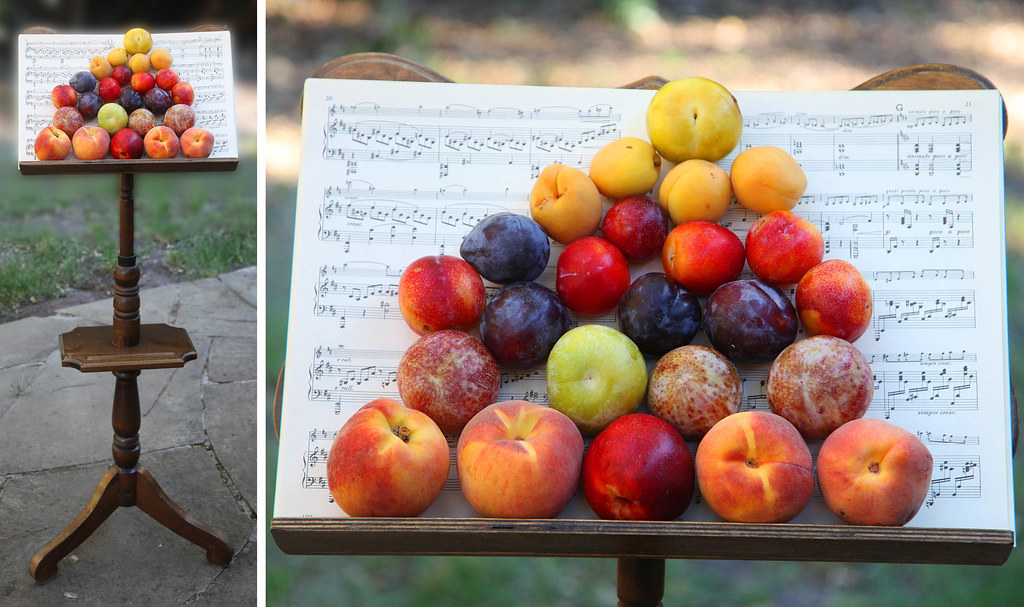
This hybrid has an interesting history. It’s a cross between plums and apricots. Planned by Luther Burbank in the early 1900s, some varieties contain 50-percent plum blended with 50-percent apricot.
However, 60 years later, Floyd Zaiger reacted to this effort from Burbank with a flop of his own labeled Plum Parfait and Flavorella.
In the 1990s, hybrids of plums and apricots surfaced. Called pluots, these hybrids made it difficult to grow and ship because they are not as resilient and produce smaller batches than regular fruit. But Zaiger created a new fruity standard when he propped up the plum DNA in pluots and decreased the apricot concentrations from 25-40%.
Most store-bought pluots arrive mid-summer with flecks during their peak season.
There are lots of different sizes and colors of pluots, as if they came from plants with jellyfish genes.
What is a Pluot?
Pluots are a freestone fruit that are semi-freestone. That means there’s a part of the fruit that comes away easily from its pit, with some varieties being easier to remove than others.
You can get them from late May to September and choose ones that are firm but pressable so they will ripen well.
Pluots have the persistent sweetness and the complex flavor of a plum, with the juicy texture and tangy skin of an apricot. The fruit is jam-packed with vitamins A and C, fiber, protein , potassium and antioxidants.
Plums are sour; apricots are sweet; pluots a delicious combination of both.
How to Pick Best Pluots?
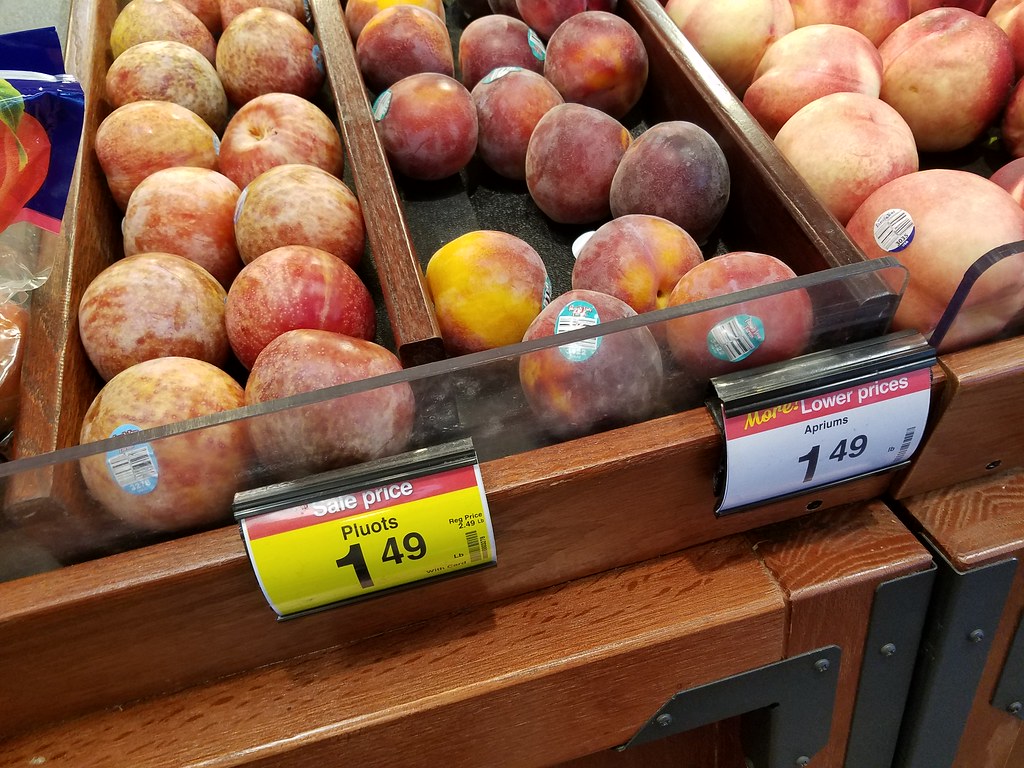
Select pluots in the same way you’d choose a plum. Curb your sense of smell and check if it feels firm yet gives when you touch it. First, look for any blemishes on the fruit. Finally, pick the brightest colored pulp among all types of pluots as those will be your sweetest choices.
Blemishes mean lack of freshness — stay away from them.
Tips #1
1. Always buy pluots that are lightly colored on the outside.
2. Avoid rock hard pluots; they are overly mature and will not be as good in taste.
3. Look at the pluots for bruises or cracks. Just make sure you don’t buy a pluot that has any sort of mold growing on it. That should be completely thrown away.
Tips #2
1. Look for pluots that have a vivid red or yellow blush on the skin.
2. The color should extend all the way to the center; if it is a lighter color or fades
towards the center, it may be old.
3. Berries should be plump and full-sized, yet firm. Don’t be tempted to buy ones that are rotting,
small in size or slightly soft to the touch.
How to Store Pluots?
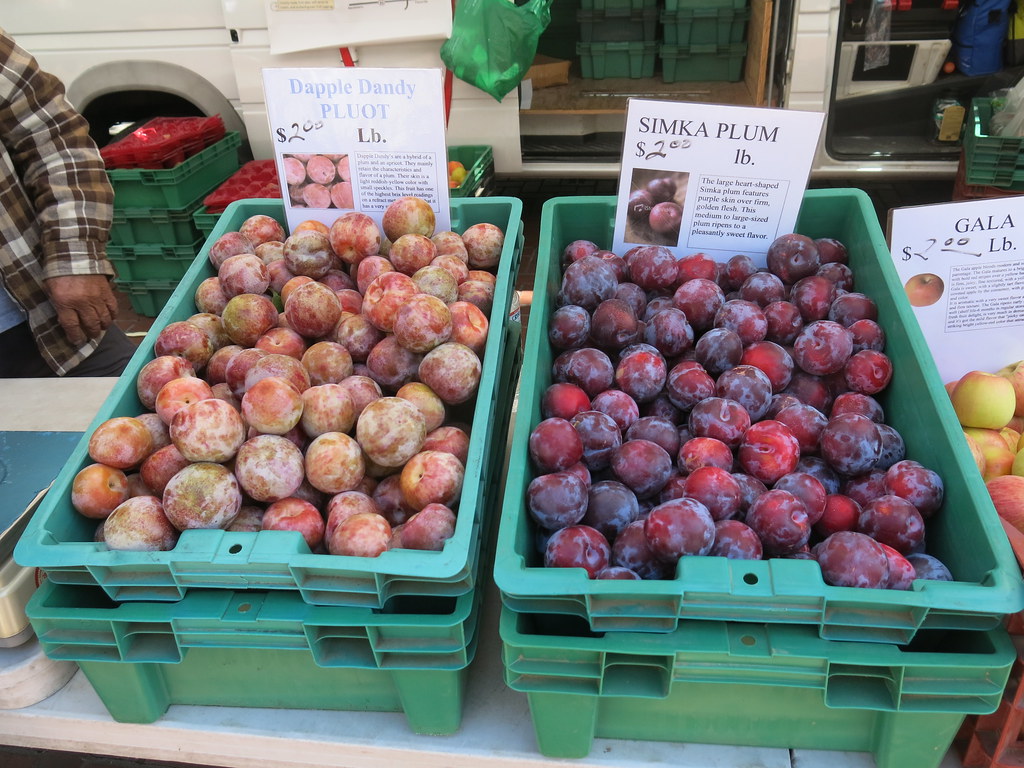
Keep At Certain Temperature
Whole pluots are very fragile and will break easily. If you want to keep them for longer, split them in half and store in the fridge. Whole pluots should be ripened at room temperature, preferably in a closed paper bag, and can also be store at room temperature once ripe.
Covering Pluot
Once ripe, you need to keep the pluots in the refrigerator and covered with plastic or wood wrap. The best way to do this is to keep them together in one bowl, but that they don’t touch each other and the plastic or wood wrap doesn’t touch them either.
This is because the fruits will release a gas called ethylene which accelerates ripening.
Cut Pluot
If you want to store peaches, remove their pits and cut the fruit up into bite sized pieces.
Refrigerate
Seal pluots in a food protection container and store in the refrigerator for up to five days. If you use it sooner, you can eat it, but if you wait until later, you’re out of luck. The idea is to make sure that your pluots stay fresh until you eat them.
Yet even when stored in the fridge, past their prime, they’re still quite tasty, which varies according to what type of plum you have.
How to Eat Pluots?
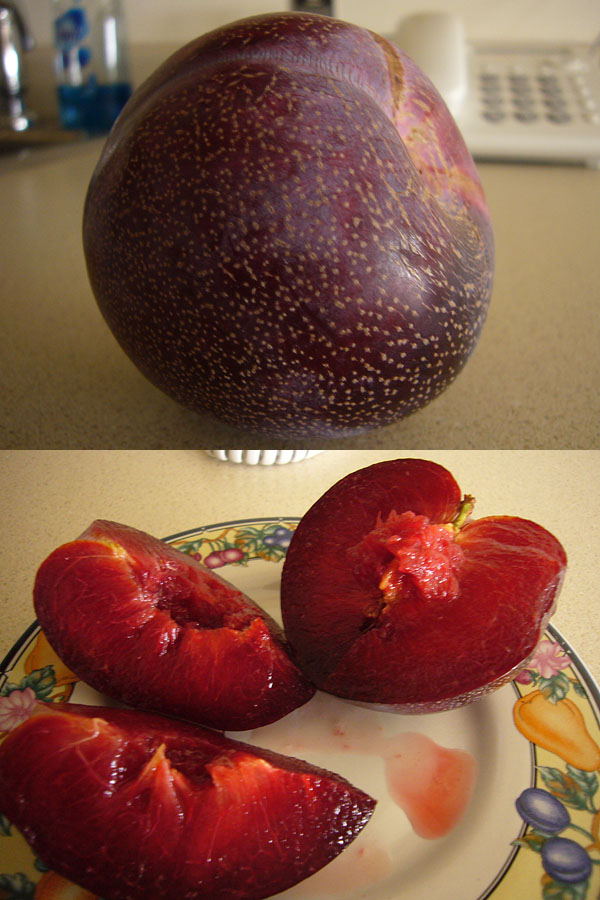
Try enjoying pluots alone, or use them to replace ripe plums, apricots, or even cherries. They can be used in cakes, pies and jams, but they’re even tastier with pork, chicken or fish as a cooked chutney or sweet sauce.
Pluots are delicious in season spring through fall. Because the pluot season is shorter than the plum, we suggest purchasing at the pluot’s finest ripeness if you don’t plan to make it yourself; too-ripe pluots will shrivel at home. Pick up a ripe one as you would any other fruit.
Grab them by the stem and lift without shaking them so that they remain clear of pebbles or grass.
Here is the list of how to eat pluots:
1. It can be eaten as it is, as a fruit.
2. It can be cut into slices and topped over pancakes or waffles.
3. You can also include the plum in your smoothies and milkshakes.
4. Pluots are great for breakfast because of their vitamin C.
5. When making a bagel and cream cheese sandwich, you should always use pluots it is the best combination!
6. Pluots make a great snack on the go, or dessert served after dinner!
What is Pluots Benefits?
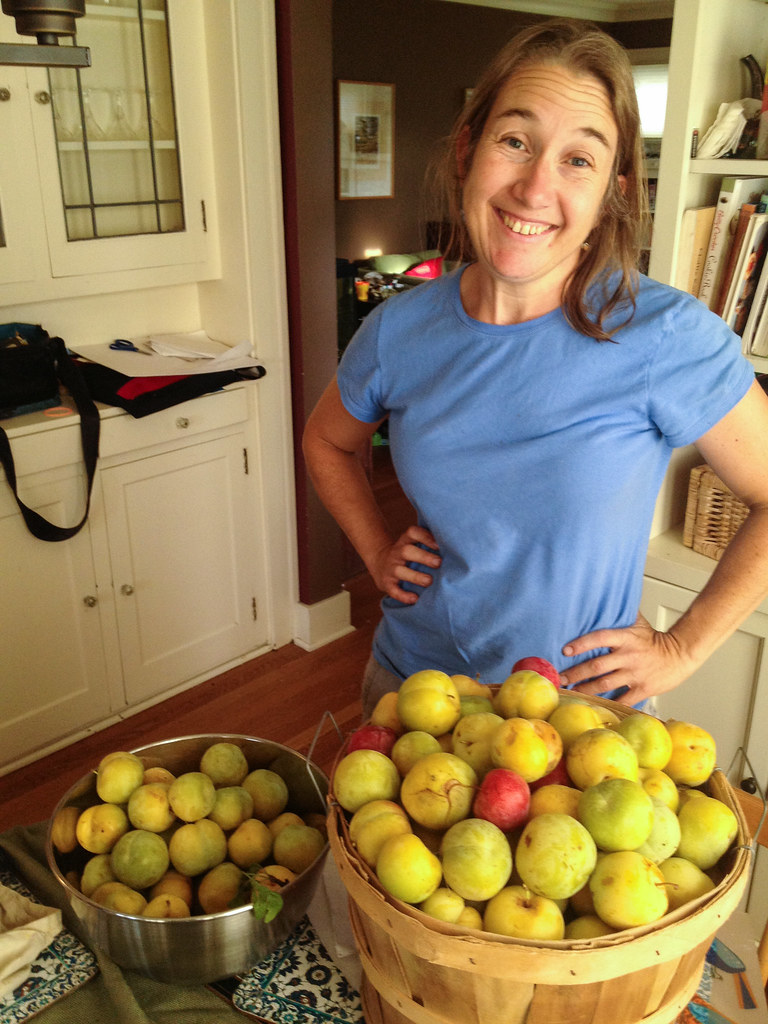
For thousands of years the world was stuck with just two kinds of fruit. But we are now in the ripe age of modern agriculture. There are so many delicious and healthy fruit hybrids available now. Here’s an infographic that shows you what a Pluots benefits. You might be surprised
Reduced Cell Damage
The vitamin C in a pluot is similar to other vitamin sources. In the body, it also is able to repair cells, bolster immunity and delay aging.
Plums, especially purple ones, are great sources of phytonutrients. Phenols in particular contain antioxidants that might support health via cancer prevention, cardiovascular disease risk reduction, decreased age-related decline in functioning, and much more.
Improved Heart Health
Plums and pluots have the same soluble fiber. This is a type of fiber that is also heart-protective because it lowers LDL cholesterol and is helpful in regulating blood sugar levels.
Interestingly, plums are sometimes known for their (limited) mental health benefits such as improving cognition and being helpful to bone health.
Lower Diabetes Risk
Results from three studies show that people with higher intakes of certain whole fruits are less likely to develop type 2 diabetes. Young people tend to prefer juice, choosing fruit over whole fruits. Yet plums and apricots are low glycemic fruits.
By replacing at least one serving of juice daily with a fresh plum or two, you’ll lower your risk of developing type 2 diabetes.
Constipation Treatment
Dried plums (called prunes) are an excellent natural source of fiber, and while this is a proven remedy for constipation, it seems unlikely that eating pluots will help. After all, people rarely eat dried fruit (ie. prune it!), but rather eat the fresh fruit.
How to Grow and Care Pluots
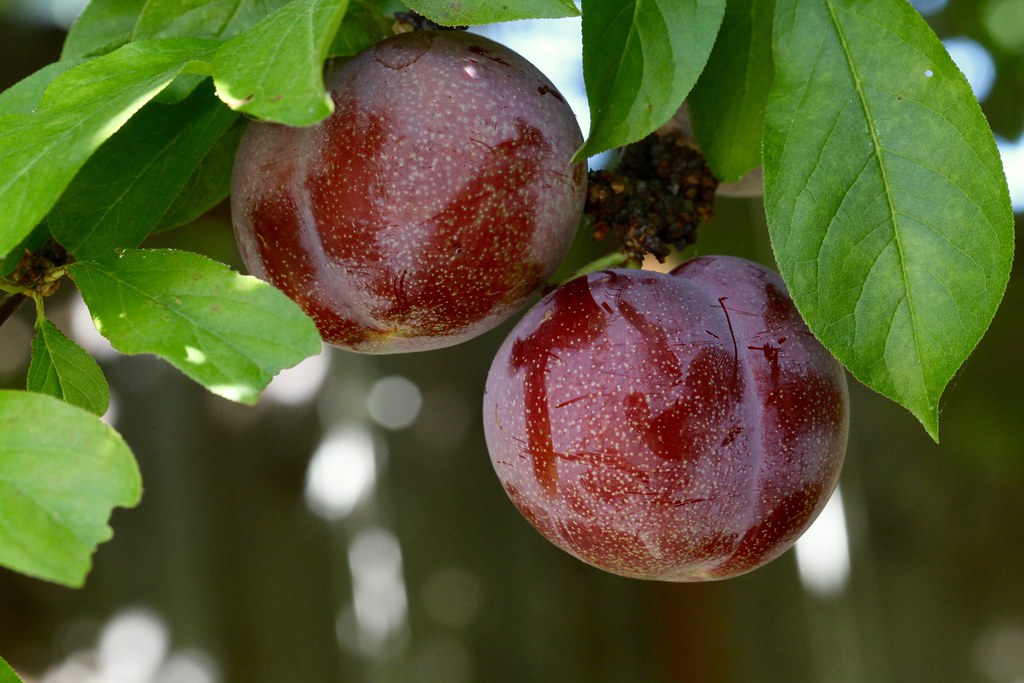
Pluots are a cross between apricots and plums. This tasty cross-breed grows on trees and can be eaten fresh or made into jams and desserts. Pluots are easy to grow at home if you know the right tips, so I’m going to share with you how to grow and care Pluots below.
Planting
Plant your tree in a location with full sun or light shade and well-drained, neutral or slightly acidic soil. When you place the tree in the hole, make sure the soil line on the tree is even with the surrounding soil.
Then paddle down on the soil to remove air pockets. Water slowly and deeply after planting. If soil settles, fill in depression at base with more soil.
Fertilize
Give your new tree a lot of food to help it grow strong and healthy. Fertilize in year 1 with: one-half pound of 10-10-10 fertilizer spread over the root zone.
Increase each subsequent year; use two pounds in five years and three pounds once the tree is mature (around eight or nine years old).
Plumcots are even tastier if they are sprayed with a foliar zinc spray.
Pruning
If you prune your fruit tree correctly, it can produce more fruit and be healthier in the long term. To get a great-shaped tree, begin pruning while it is young. Limit the branches on your tree to 5 or 6 main branches coming off of the central stem.
This allows for some wiggle room in case you decide to remove them later. The branches should be spaced evenly around the tree and at least 12 inches apart from each other.
Branch Removal
Remove diseased, broken and weak branches at any time of the year. Complete the main pruning in spring before flowers bud open. When two branches are rubbing against each other, remove one of them.
Cut branches that grow straight up from the trunk and also thin the fruit on the ends of heavy branches. This will stop them breaking.
Remaining fruit will grow larger and taste even better.